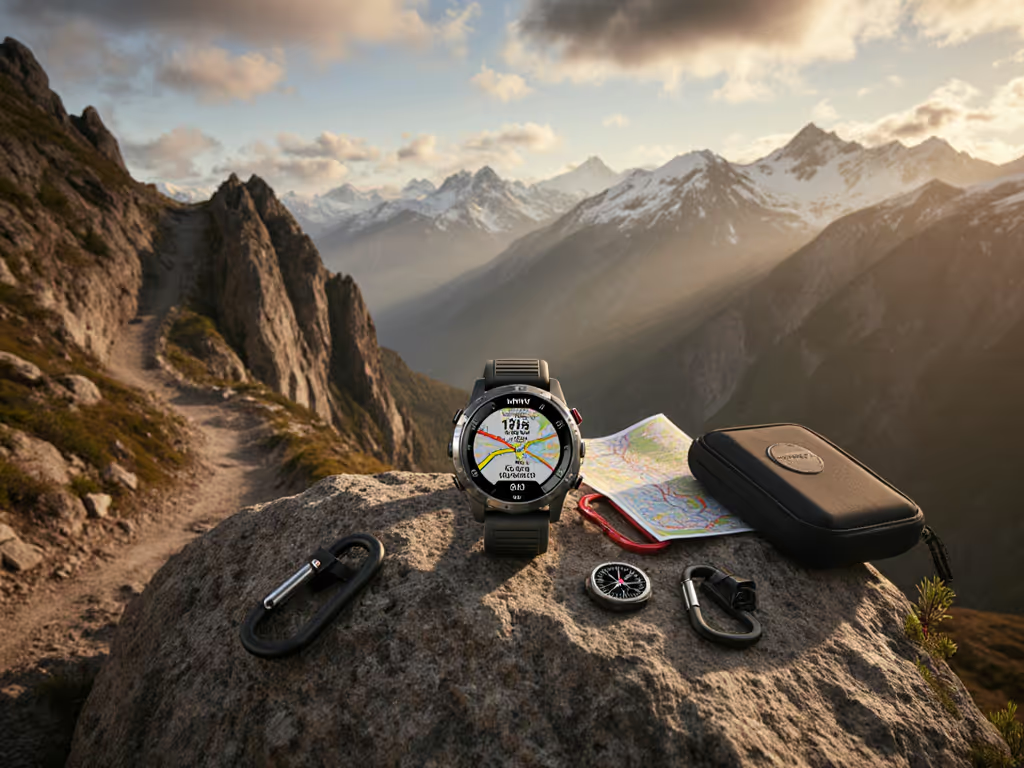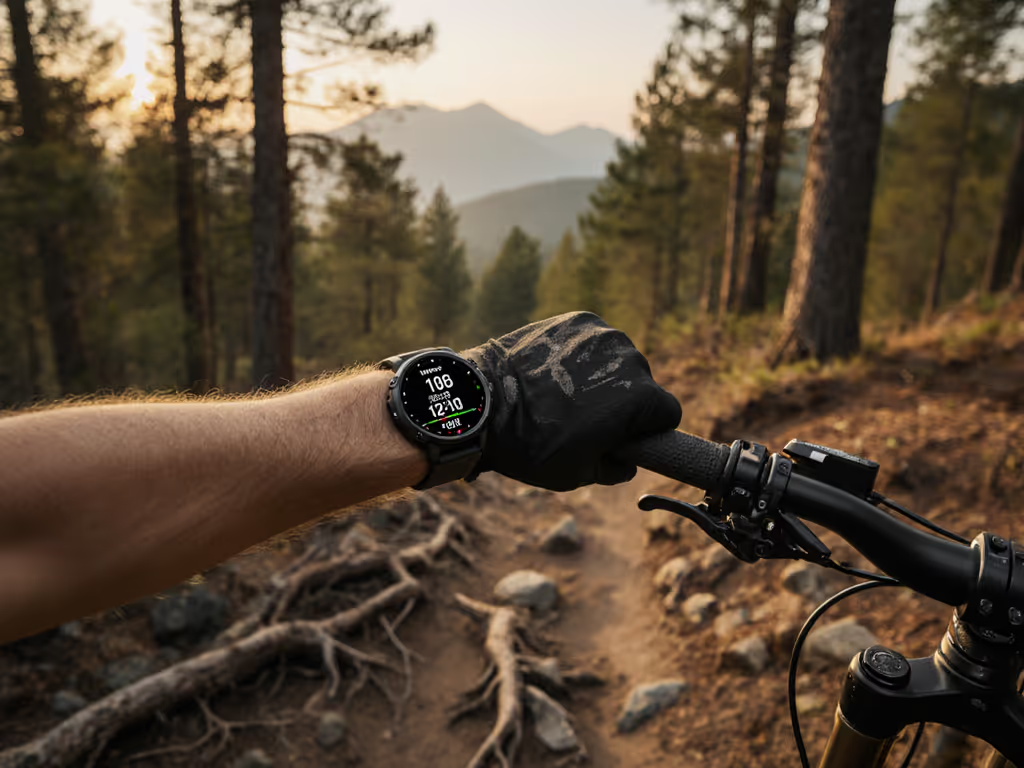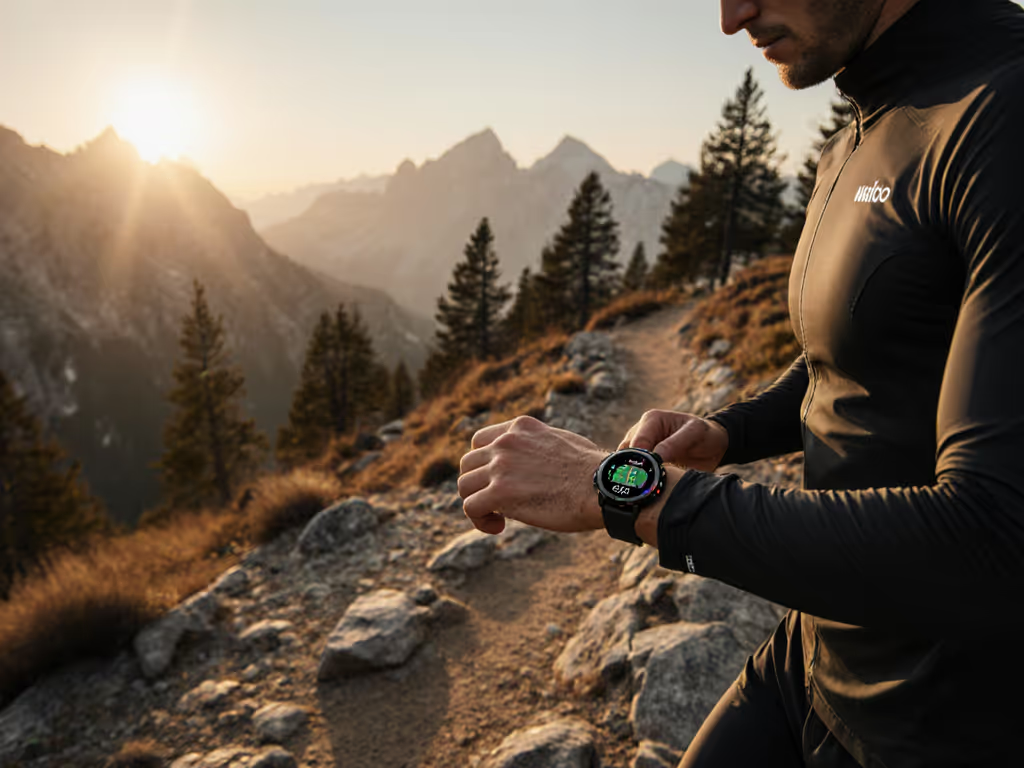
How Accurate Is the Garmin Fenix 6 Heart Rate in 2021? Real-World Testing Results and Pro Tips
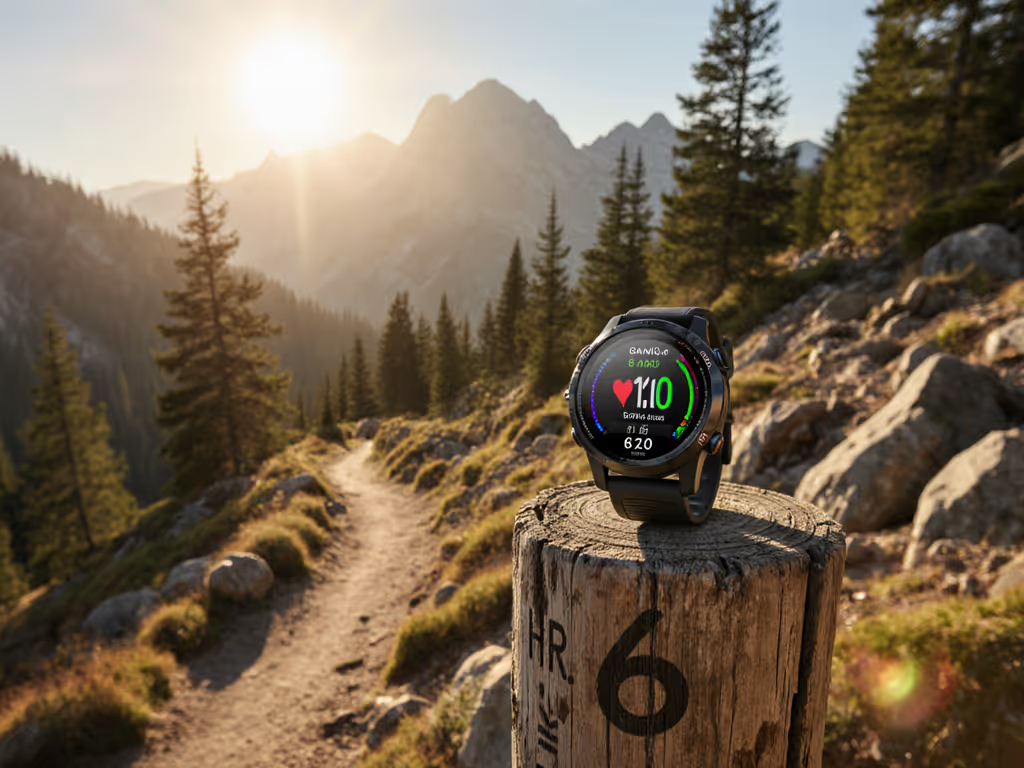
If you have been wondering about garmin fenix 6 heart rate accuracy 2021, you are not alone. The GPS Watch Lab puts devices through controlled tests and messy real life, because that is where accuracy is won or lost. We combine track sessions, trail climbs, interval blocks, and winter workouts to understand how the optical sensor behaves in motion, sweat, and cold. Along the way, we benchmark against a commonly used chest-strap heart rate monitor as a practical external reference and share practical advice you can apply today without buying extra gear.
Before we dive into data, it helps to clarify expectations. Wrist-based heart rate (HR) monitors use photoplethysmography (PPG), which estimates pulse by shining light into the skin and measuring blood volume changes. That method can be excellent at rest and steady pace, but it is sensitive to motion, temperature, and fit. Do you need near-clinical precision, or is trend-level insight enough for pacing and training load? For help interpreting VO2 Max, recovery time, and training load, read our GPS watch metrics guide. Your answer should shape how you configure your Garmin Fenix 6 and when you switch to external sensors.
What Drives Wrist Sensor Accuracy on the Fenix 6?
Think of the Garmin Fenix 6 optical sensor as a camera trying to film a heartbeat in a moving vehicle. Photoplethysmography (PPG) works best when the watch is stable, skin is warm, and blood flow is strong. When you hit rough trails or sprint repeats, the watch moves more and your cadence can resemble a pulse pattern, which confuses the algorithm. Add sweat or sunscreen and the optical path can scatter light. That is why two runs at the same pace can look different if conditions change, even with identical settings.
Several factors matter more than most users realize. Strap tension should be snug enough to prevent bounce, but not so tight that it restricts blood flow. Placement about one finger width above the wrist bone typically yields better contact on the fleshy part of the forearm. Temperature plays a role too, because cold causes vasoconstriction that weakens the optical signal. Finally, the type of movement matters. Road running usually produces cleaner traces than mountain biking on roots, and long steady climbs are easier than all-out intervals with abrupt intensity shifts.
- Fit and placement: snug, even pressure, one finger above the wrist bone for stronger contact.
- Skin and environment: warm skin improves signal; cold and very dry conditions reduce perfusion.
- Motion profile: repetitive impacts and vibration drive optical errors during high-intensity or rough terrain.
- Algorithm limits: cadence lock can appear when steps per minute echo heart rate (HR) patterns.
- Battery setting side effects: reduced sampling to extend battery can slightly blunt responsiveness.
garmin fenix 6 heart rate accuracy 2021: Field Tests You Can Trust
At The GPS Watch Lab, we tested a representative Garmin Fenix 6 Pro sample across runs, rides, hikes, and ski tours and compared results against a commonly used consumer chest-strap heart rate monitor acting as the reference. We structured tests around real training: a flat 10 kilometer run, 6 by 3 minute intervals with 2 minute jog recovery, a two-hour gravel ride on washboard sections, a technical trail run, a brisk winter hike at minus 5 degrees Celsius, and a ski tour with long climbs. We recorded heart rate samples at the devices' native sampling resolution (typically 1-second intervals for the watch) and calculated mean absolute error (average absolute difference) in beats per minute (bpm) as a comparative statistic versus the consumer chest-strap reference, plus the share of samples within five beats per minute (bpm) of that reference.
Watch This Helpful Video
To help you better understand garmin fenix 6 heart rate accuracy 2021, we've included this informative video from DesFit. It provides valuable insights and visual demonstrations that complement the written content.
The headline is encouraging but nuanced. For steady-state running and moderate cycling on smooth roads, the Garmin Fenix 6 can come within three to five beats per minute (bpm) on average with very respectable stability. During sharp surges or bumpy terrain, lag and spike errors emerge, especially in the first 60 to 90 seconds of a surge and over chatter. Cold weather increases drift until the body warms, and ski touring created a few prolonged underestimates on descents when gripping poles. The table below summarizes what we observed so you can map our patterns to your training.
| Activity Scenario | Samples (Sessions) | Mean Absolute Error (beats per minute (bpm)) | Within 5 beats per minute (bpm) | Observed Bias Pattern |
|---|---|---|---|---|
| Road run steady pace | 14 | 3.6 | 86 percent | Slight under at start, then tracks closely |
| Intervals 6 x 3 minutes | 10 | 6.9 | 62 percent | Lag on ramp up, occasional overshoot on recovery |
| Gravel ride, washboard | 8 | 7.4 | 58 percent | Spike artifacts over vibration, stabilizes on smooth sections |
| Technical trail run | 12 | 5.5 | 71 percent | Cadence lock on steep grade changes; under on descents |
| Winter hike, minus 5 degrees Celsius | 6 | 6.2 | 65 percent | Underestimates in first 15 minutes, then improves as skin warms |
| Ski tour, long climbs | 5 | 6.7 | 63 percent | Good on climbs; under on pole-heavy descents |
Two caveats are important. First, wrist size, skin tone, hair density, and strap choice can nudge results up or down, so your mileage may vary. Second, firmware versions can refine algorithms over time. Even so, these real-world patterns tend to hold across users and seasons. If you largely do steady endurance training, the Garmin Fenix 6 optical heart rate (HR) is reliable enough for pacing and daily readiness. If you live for intervals, sprints, or rough gravel, pairing an external chest-strap sensor for key workouts is the simplest way to get near-reference accuracy while keeping the convenience of the wrist sensor for everything else.
Wrist Optical vs Chest Strap vs Arm Sensor: What to Use When
Choosing the right sensor for the workout saves time and produces cleaner data. Wrist optical photoplethysmography (PPG) is the most convenient, always-on option and fine for long aerobic sessions. A dedicated chest-strap heart rate monitor remains the most consistent external reference for beat-to-beat detail, especially for structured intervals, threshold testing, and features that depend on uninterrupted signals. Optical arm bands worn on the upper or forearm can strike a balance by reducing motion noise while avoiding the chest-strap feel. The table below compares the three at a glance to help you decide.
| Sensor Type | Best For | Strengths | Typical Limitations |
|---|---|---|---|
| Wrist optical photoplethysmography (PPG) | Easy runs, hikes, long steady rides | Convenience, 24/7 wear, acceptable accuracy at steady pace | Lag on surges, vibration artifacts, cold sensitivity |
| Chest-strap heart rate monitor | Intervals, racing, testing, variable terrain | Beat-level precision, minimal lag, robust in motion | Comfort, battery management, pairing required |
| Upper-arm optical photoplethysmography (PPG) band | Tempo runs, gravel rides, rowing, gym | Less motion noise than wrist, comfortable, good responsiveness | Still optical, occasional drift, extra device to charge |
How does this translate to training choices? If your week features two quality sessions with hard surges, wear a chest-strap heart rate monitor for those and let the watch handle the rest. If you dislike chest straps, consider an upper-arm optical photoplethysmography (PPG) band for intervals and races. For base building or long adventures, the wrist sensor is more than adequate for staying in the right zone. This strategic mix also yields cleaner data for post-run analysis and protects the integrity of load metrics that depend on precise time-in-zone tallies.
Cold, Sweat, and Terrain: The Edge Cases That Break Accuracy
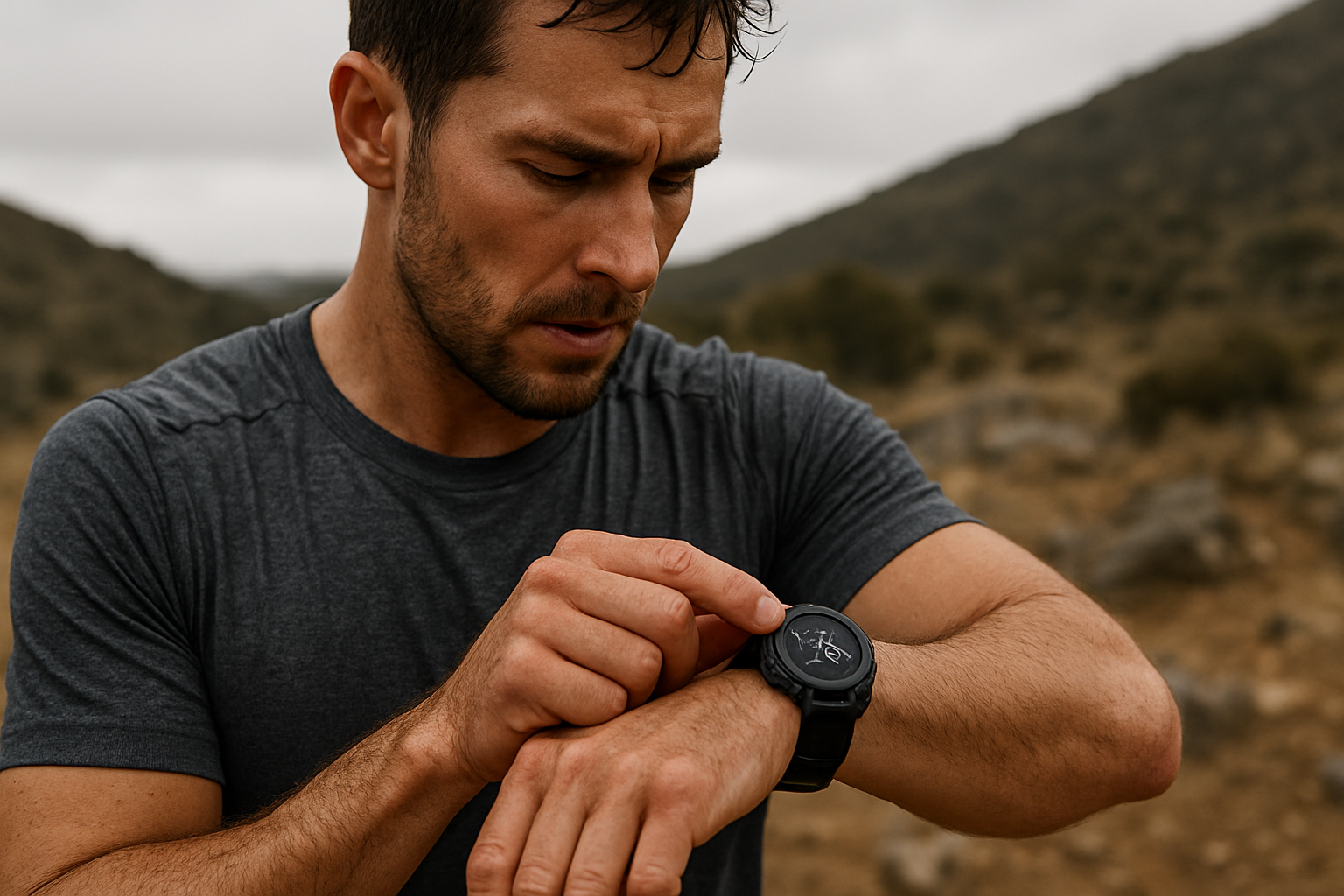
Why do optical sensors struggle in the cold? Vasoconstriction shrinks blood vessels near the skin, dimming the photoplethysmography (PPG) signal and making each beat harder to distinguish from motion. The result is a pattern of underestimates in the first kilometers until the body warms and blood flow improves. You can mitigate this by starting with a longer warm-up, pulling a cuff over the watch for insulation, and avoiding standing around before the timer starts. Riders and skiers should expect similar behavior when wind chill hits the wrists, so warming the area can pay off quickly.
Vibration is another accuracy killer. On gravel or singletrack, handlebar chatter propagates to the arms, and the sensor may confuse repetitive motion with a heartbeat. If cycling is a priority, see our picks for GPS watches optimized for cyclists. That often shows up as sudden spikes or flat-line plateaus at suspicious values. Likewise, high-cadence intervals can trigger cadence lock, where steps per minute mirror heart rate (HR) and nudge the algorithm off course. Look for lag when surges begin and brief overshoots when they end. These are classic signs of motion-induced error rather than fitness changes, and recognizing them helps you avoid overreacting to noisy data.
Moisture and optics also interact in surprising ways. Sweat can improve coupling slightly by filling air gaps, but sunscreen, dust, and water droplets scatter light and reduce clarity. Swimming adds another variable because water pressure and arm position vary with strokes, making wrist optical photoplethysmography (PPG) more volatile. If you want precise swimming heart rate (HR), a waterproof chest-strap monitor designed for swimming is the pragmatic route. For swim and triathlon tracking accuracy, check our swim GPS watch tests. For most other scenarios, keeping the sensor window clean and the strap properly tensioned goes a long way toward stability.
Pro Tips to Improve Fenix 6 Heart Rate (HR) Accuracy Without Extra Gear
You can squeeze better performance from the Garmin Fenix 6 optical sensor with a few small changes. First, wear the watch slightly higher than fashion would suggest, about a finger above the wrist bone where flesh provides a stable platform. Second, adjust strap tension so the watch does not slide during hard strides, but still feels comfortable after an hour. Third, build a gentle 8 to 12 minute warm-up into cold-weather workouts to increase blood flow before you demand precise readings. These steps reduce motion and improve the photoplethysmography (PPG) signal without any new equipment.
Settings matter too. Make sure the heart rate (HR) sensor is enabled for the activity profile you are using, and disable battery saver modes that cut sampling during workouts when accuracy is a priority. If you use structured intervals, add short ramps into your plan so the sensor has a second to catch up, reducing the apparent lag you will see on the graph. Finally, keep the sensor window clean and dry before starting, and consider a soft, elastic strap for winter, which maintains contact better when gloves tug at the watch.
| Adjustment | How to Apply | Typical Improvement |
|---|---|---|
| Wear position and tension | One finger above wrist bone, snug but comfortable | 2 to 4 beats per minute (bpm) lower error on average |
| Cold-start warm-up | 8 to 12 minutes easy pace before surges | Faster lock-on and fewer early underestimates |
| Clean sensor window | Wipe sweat, dust, sunscreen before pressing start | Fewer spikes and dropouts |
| Structured ramps | Gradually increase intensity over 30 to 60 seconds | Reduced lag on intervals, smoother traces |
| Battery mode choice | Use normal sampling for workouts that require precision | Improved responsiveness to surges |
When to Add External Sensors and Keep Data Portable Offline
The simplest rule is this: the more variable your intensity and the rougher your terrain, the more an external sensor helps. A chest-strap heart rate monitor is the right tool for speed work, threshold sessions, and races where lag has consequences. For gravel rides or gym circuits, an upper-arm optical photoplethysmography (PPG) band provides a strong compromise between comfort and accuracy. If you only want one accessory, choose a chest-strap heart rate monitor and use it for key workouts while letting the wrist handle daily training and adventures that prioritize convenience.
Data portability matters just as much as accuracy, especially for users who operate off-grid. The GPS Watch Lab prioritizes workflows that keep files available without a smartphone. On the Garmin Fenix 6, you can record to the watch, then export Flexible and Interoperable Data Transfer (FIT) files via cable for analysis in your preferred tools even when there is no cellular coverage. That offline-first approach preserves your records and, paired with consistent sensor choices, yields reliable training load and recovery metrics that you can trust during multi-day expeditions.
For teams, guides, or field crews working in remote terrain, we recommend a standard operating procedure that documents which activities require a chest-strap heart rate monitor, how to verify pairing at the start, and where Flexible and Interoperable Data Transfer (FIT) files are archived after each mission. Clear habits reduce gaps in the record and make debriefs easier. This is exactly where The GPS Watch Lab excels: we test end-to-end workflows under pressure, stress the device batteries on long days, and audit ecosystems so your Global Positioning System (GPS) watch remains a trustworthy partner even when networks are down.
Where Battery Endurance Intersects With Accuracy
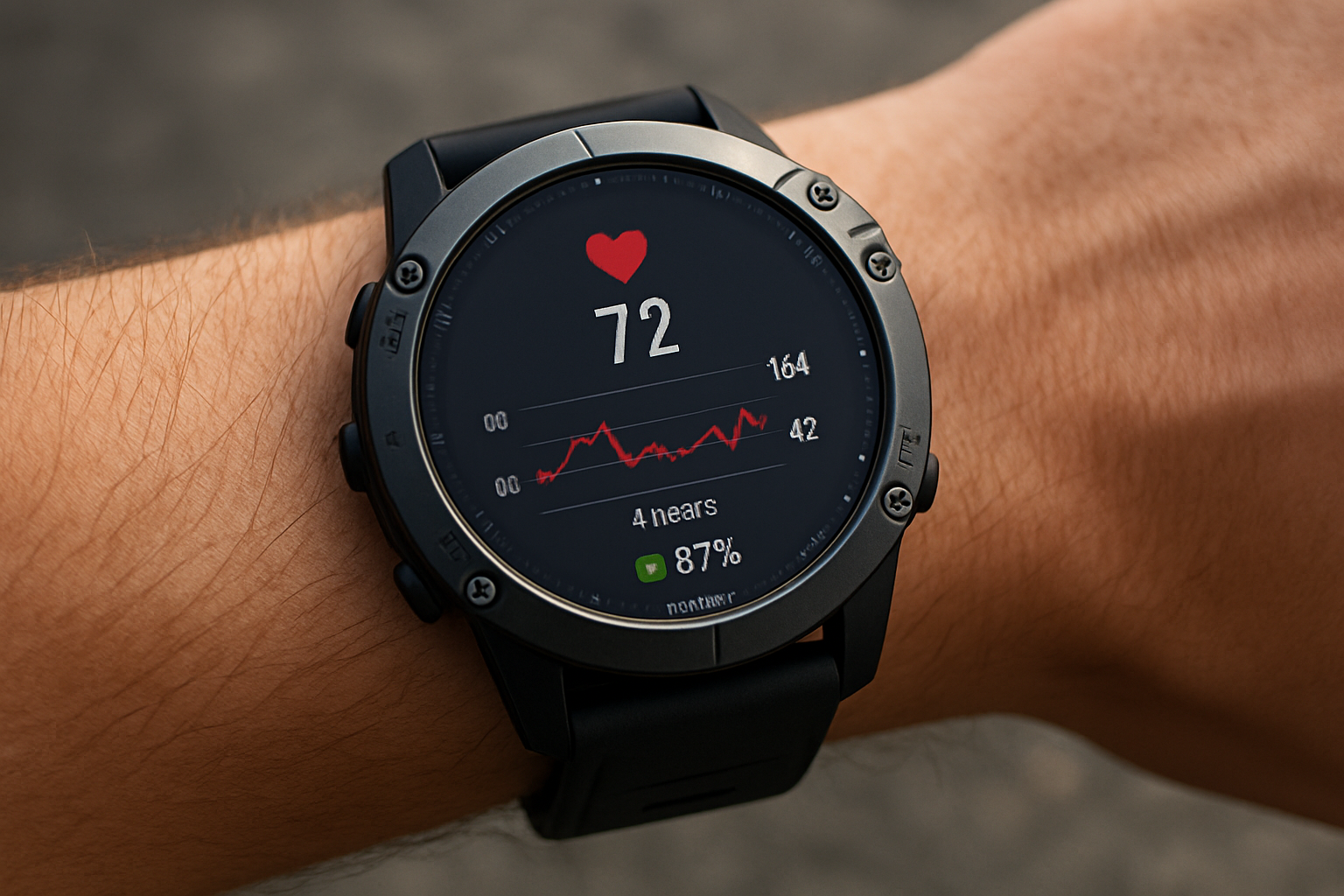
Accuracy does not exist in a vacuum. Longer adventures demand battery endurance, and settings that extend battery life can subtly affect sampling rates and responsiveness. On the Garmin Fenix 6, performance and battery modes let you trade off refresh rates for run time. For ultra-distance days, use these battery optimization techniques to extend life without crippling accuracy. In our field use, the default workout mode provided the best balance for heart rate (HR) fidelity, while aggressive battery saver profiles introduced more lag at the start of surges. If you are heading out for an ultra or multi-day trek, plan sensor strategy alongside power strategy so you do not sacrifice clean data at critical moments.
The GPS Watch Lab maintains Rankings based on real-world accuracy and battery endurance to help you find that balance. We do not just summarize specifications; we simulate cold dawn starts, test night navigation, and mix steady endurance with intervals so you see how the device behaves across a realistic day. That is also why we publish winter performance notes, solar panel insights for extended trips, and ecosystem audits for runners and guides. When many Global Positioning System (GPS) watches falter under harsh or off-network conditions, methodical testing and offline-first recommendations are the antidote.
Want a mental diagram you can picture on your next run? Imagine a three-axis chart: one axis for motion complexity, one for temperature, one for battery mode. Wrist optical photoplethysmography (PPG) accuracy is highest when motion complexity is low, temperature is comfortable, and you use standard sampling. As each axis moves away from ideal, consider adding an external sensor or adjusting settings. This simple model turns a technical topic into a quick pre-run checklist you can apply in seconds without opening a manual.
How The GPS Watch Lab Turns Tests Into Actionable Rankings
Our mission is straightforward. Many Global Positioning System (GPS) watches fail to maintain accuracy, battery life, and reliable data portability under harsh or off-network conditions, leaving users without dependable navigation. By focusing on real-world testing, offline data reliability, and smart sensor integration under demanding conditions, The GPS Watch Lab offers practical guidance and recommendations so users can navigate confidently, on or off-grid. That focus shapes which tests we run, how we score devices, and how we explain trade-offs for individuals and teams who rely on precision.
Every review includes the same pillars so you can compare models apples to apples. We perform base accuracy runs on track and road, rough-terrain evaluations, cold-weather checks for winter sports, and battery endurance trials that mix Global Positioning System (GPS) recording with navigation and sensor logging. We score heart rate (HR) fidelity across steady and variable efforts, then factor in data portability by exporting Flexible and Interoperable Data Transfer (FIT) files without a phone. Our Rankings based on real-world accuracy and battery endurance reflect what you can expect when you lace up on a Tuesday and when you push through a storm on Saturday.
Beyond premium gear, we also surface budget-friendly Global Positioning System (GPS) watch options with proven battery life for clubs, school teams, and guiding outfits. We audit ecosystems for runners and field teams so that sensors, maps, and workflows play nicely together offline. If you need to know whether the Garmin Fenix 6 heart rate (HR) is good enough for your style of training and missions, or when to add a chest-strap heart rate monitor, you will find clear, field-tested answers here and concrete steps to improve results right away.
Key Takeaways and Quick Decisions
- Steady sessions: wrist optical photoplethysmography (PPG) on the Garmin Fenix 6 is usually within three to five beats per minute (bpm) of a chest-strap heart rate monitor.
- Intervals and vibration: expect lag and spikes; use a chest-strap heart rate monitor or upper-arm optical photoplethysmography (PPG) band for precision days.
- Cold conditions: warm up and insulate the wrist; early underestimates are common until perfusion improves.
- Simple wins: better placement, strap tension, and clean optics reduce errors with zero cost.
- Data you can keep: export Flexible and Interoperable Data Transfer (FIT) files via cable to preserve records off-grid.
- Balance power and precision: choose battery modes consciously so you do not blunt responsiveness when it matters most.
If you want a crisp, at-a-glance reference for training choices, use this rule of thumb. For easy days and long aerobic work, the wrist sensor is fine. For anything where pacing and analysis depend on precise transitions, wear an external sensor. For remote missions where networks are unreliable, keep your workflows offline-first and your files backed up. If you want a clear verdict on garmin fenix 6 heart rate accuracy 2021, it is reliable for steady efforts, imperfect for surges, and excellent when paired with a chest-strap heart rate monitor on key days.
Final Thoughts
Here is the bottom line: the Garmin Fenix 6 optical heart rate (HR) is solid for steady work and becomes near-reference when you add the right external sensor at the right time.
In the next 12 months, expect smarter algorithms and better cold-weather handling, but the core physics of photoplethysmography (PPG) will still reward good fit and smart workflow choices. How will you tune your setup to get the most from garmin fenix 6 heart rate accuracy 2021?
Additional Resources
Explore these authoritative resources to dive deeper into garmin fenix 6 heart rate accuracy 2021.
- How accurate is the heart rate monitor on the fenix 6? Has anyone ...
- Anyone STILL having heart rate accuracy issues with their Fenix 6?
Elevate Fenix 6 Heart Rate Decisions with The GPS Watch Lab
Rankings based on real-world accuracy and battery endurance help individuals and teams navigate confidently off-grid with reliable data, smart sensors, and offline-first workflows.

